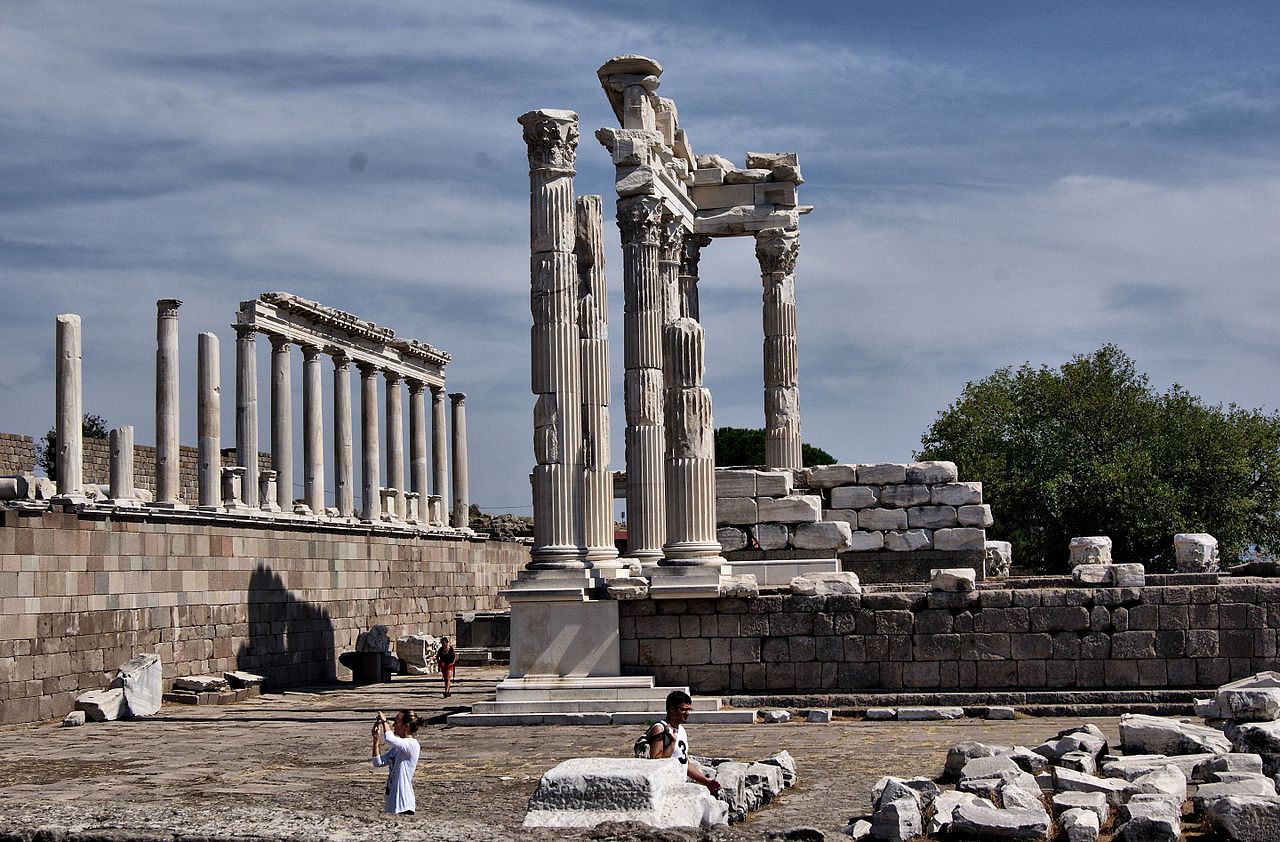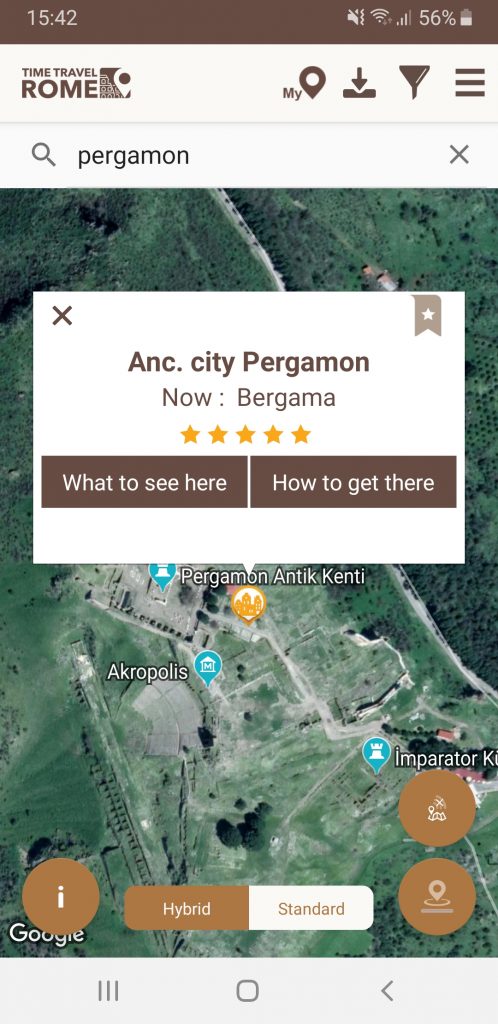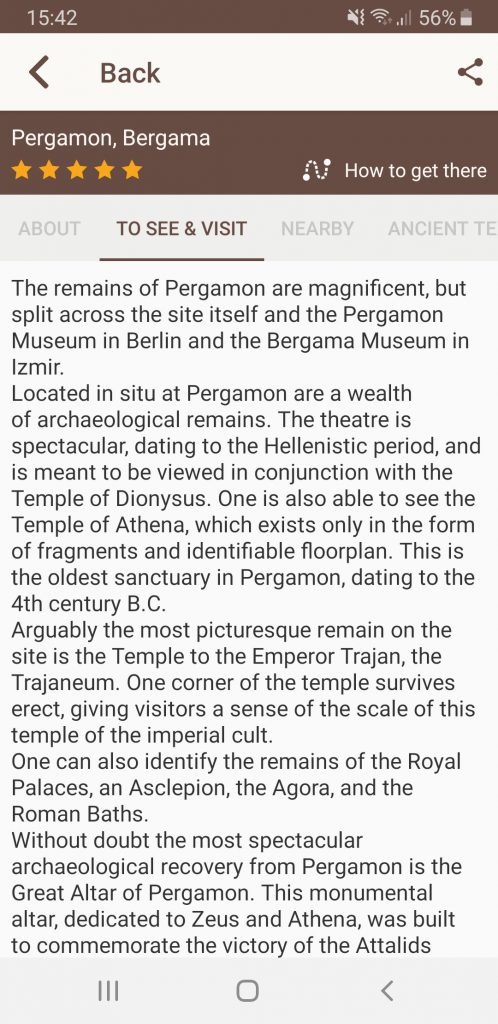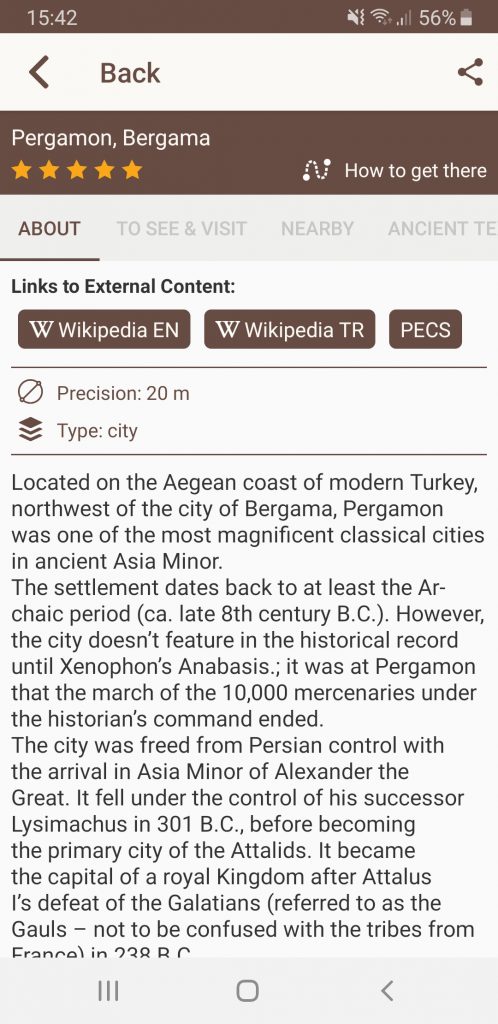The city of Pergamon holds a rich history. Legends claim that Telephos, son of Hercules, established the city after the Trojan War. Many cities make a claim to ancestors connected with the Trojan War, but Pergamon’s may hold some truth. It was around 1200 B.C. that the first people settled its acropolis. Pergamon sat near a river, and had its own port city, Elaia for trade purposes. Its earliest inhabitants appear to have been a mixture of Mycenaeans and Greeks. The city changed hands many times throughout the centuries. The city was at the height of its power and wealth under the Attalid Dynasty. At that same time, Pergamon also proved to be a most loyal friend to Rome.
The Ruling Family Founded
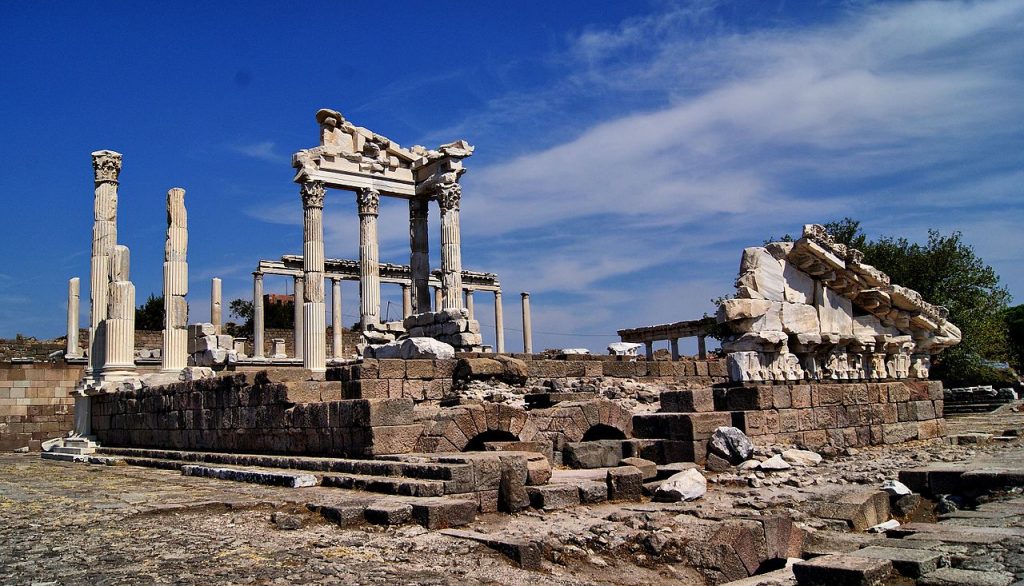
The city fell under Macedonian control during Alexander the Great’s conquest of Asia Minor. After the king’s death, the region was under the control of one of his top generals, Lysimachus. In his late years, however, he fell victim to schemes of his ruthless family. He found himself at war with an old friend, Seleucus of Babylon. Lysimachus lost their final battle and also lost his life. His faithful dog protected his body from marauding creatures until the Babylonian soldiers finally found it. Seleucus had the body sent to Lysimachus’s son. Sadly, soon after, Seleucus was himself murdered by Ptolemy Keranous, the rejected elder son of Egypt’s Ptolemy I Soter. In the power vacuum that followed, one of Lysimachus’s former lieutenants, Philetaerus, held control of Pergamon. He enjoyed an almost entirely free rule, though officially under the command of the Seleucid Empire.
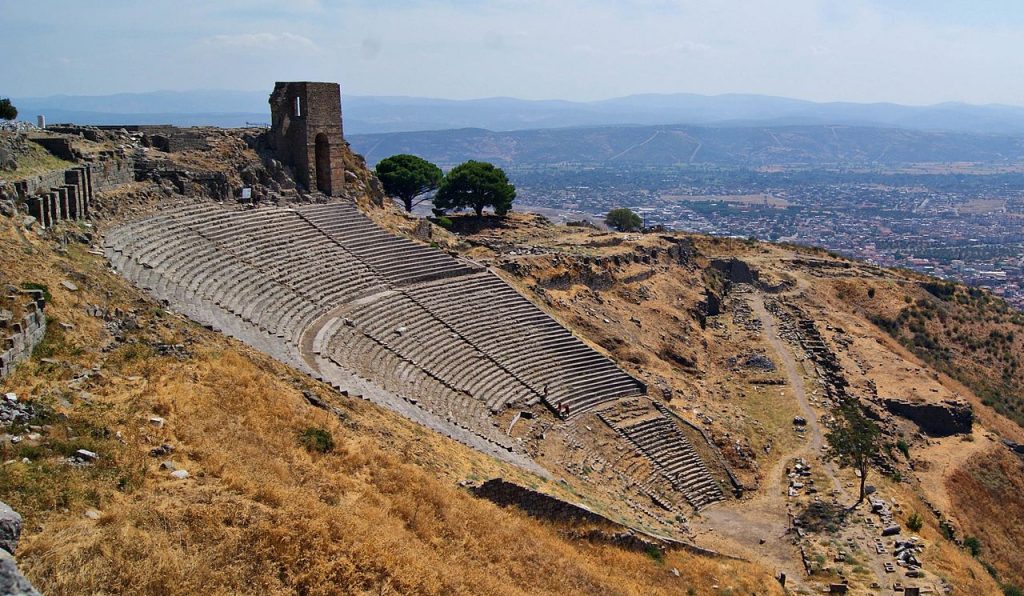
Philetaerus was a popular ruler. He sponsored public building works and important artists, and was quick to send aid to his neighbors. Though he ruled long and successfully, he was a eunuch, and could not establish a family dynasty. Instead, he adopted his nephew, Eumenes. Eumenes had shown talents and qualities befitting a ruler, and Philateraus thought him a worthy successor. So it proved, for Eumenes continued the improvement of Pergamon. He also attempted to raise its status as a cultural center of the Hellenistic world. Eumenes was also without an heir as he entered his elder years, and so he adopted his cousin. Three years later, Attalus I officially began the Attalid Dynasty when he declared himself sole King of Pergamon.
Allies with Rome
It was Attalus who started Pergamon’s long-lasting friendship with Rome. The Republic had been fighting with Carthage for many years. It was alarmed to hear that the cunning Philip V of Macedon had entered into talks with Carthage. Attalus also felt concern at Philip’s rising power, and so he joined the union against Macedonia. He was even one of the two commanding generals, the other being Galba of Rome. Though they largely lost the First Macedonian War, in reality, Pergamon and Rome lost nothing other than soldiers. The two cities parted on friendly terms, and Rome refocused her attention on Carthage. The Republic was struggling, however, as Carthage threatened the Italian Peninsula itself.
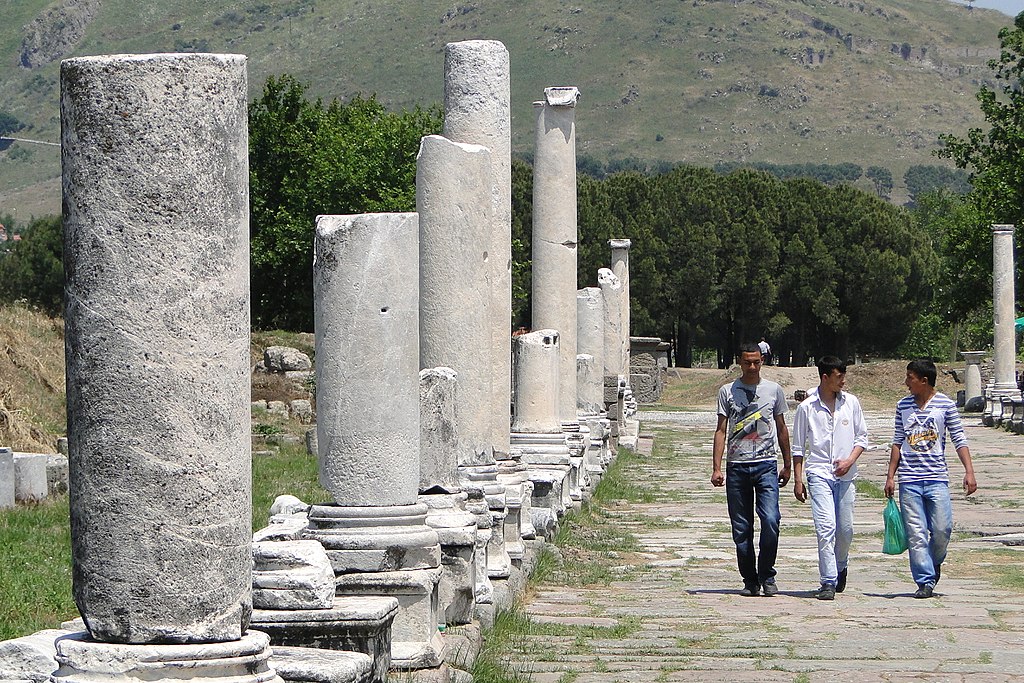
Seeking assistance, the Senate found a curious passage in the highly revered Sibylline Books. It asserted that “whenever a foreign foe should carry war into Italy he could be driven out and conquered if the Mater Idaea were brought from Pessinus to Rome.” The Romans believed the Mater Idaea, also called the Mother Goddess, was somewhere near Mount Ida. It lay in the Pergamon controlled territory of Phrygia. Hoping that Attalus would be generous, they sent a group of highly respected Romans to Pergamon. Attalus met them with deepest hospitality and kindness. He gladly gave them the stone which the natives of the area declared was the “Mother of the Gods.” They brought it to Rome, and credited their final victory over Carthage to their possession of the sacred artifact.
Last Will and Testament
The bond between Rome and Pergamon, solidified by Attalus’s generous act, remained sincerely cordial for years to come. There were periods of coolness. The most notable one was when Rome preferred the brother of King Eumenes II and tried to convince him to stage a coop. However, nothing came of it. Indeed of all the Hellenistic kingdoms, Pergamon maintained the most stable family dynasty. No ambitious family members murdered the kings, and each ruler peacefully passed his throne onto the next. The alliance between Rome and Pergamon continued strong, with both kingdoms providing aid to one another in war times. In fact, the last Attalid king, Attalus III, willed Pergamon to Rome upon his death.
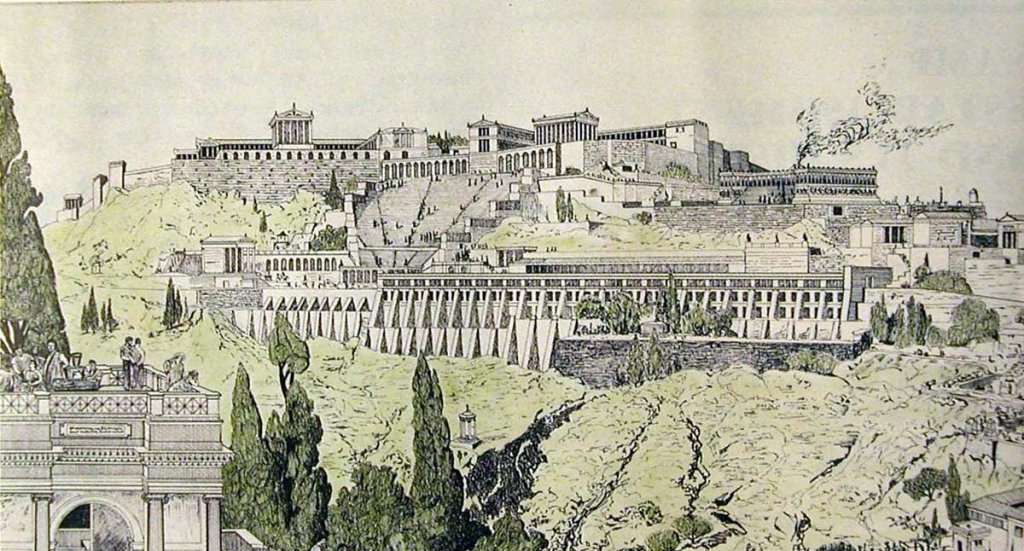
Sadly, scholars of the Hellenistic Era often overlook Pergamon, but it deserves attention. It housed art, scholars, and a great library, all of which could rival the great Alexandria and Egypt. Though never an aggressive, conquering nation, no enemy ever breached the city of Pergamon. The strategic alliances made by its kings kept the city at the height of prosperity, wealth, and peace.
Sources: Polybius, The Histories; Livy, The History of Rome; Diodorus Siculus, The Library of History
Photo: Bergama – AKRAPOL – panoramio by HALUK COMERTEL is licensed under CC BY 3.0
This article was written for Time Travel Rome by Marian Vermeulen.
What to See Here?
The remains of Pergamon are magnificent. However, they are split across the site itself, the Pergamon Museum in Berlin, and the Bergama Museum in Izmir. Located in situ at Pergamon is a wealth of archaeological remains. The theatre is spectacular, dating to the Hellenistic period, and should be viewed in conjunction with the Temple of Dionysus. One is also able to see the fragments and identifiable floorplan of the Temple of Athena. This is the oldest sanctuary in Pergamon, dating to the 4th century B.C.
Arguably the most scenic item on the site is the Temple to the Emperor Trajan, the Trajaneum. One corner of the temple survives erect, giving visitors a sense of the scale of this temple. One can also identify the remains of the Royal Palaces, an Asclepion, the Agora, and the Roman Baths.
Without doubt the most spectacular archaeological recovery from Pergamon is the Great Altar of Pergamon. This monumental altar, dedicated to Zeus and Athena, was built to commemorate the victory of the Attalids over the Gauls. The colossal, allegorical gigantomachy frieze alludes to this battle. Such is the size and splendor of this structure that it is housed in its own museum in Berlin.
To find out more: Timetravelrome.
